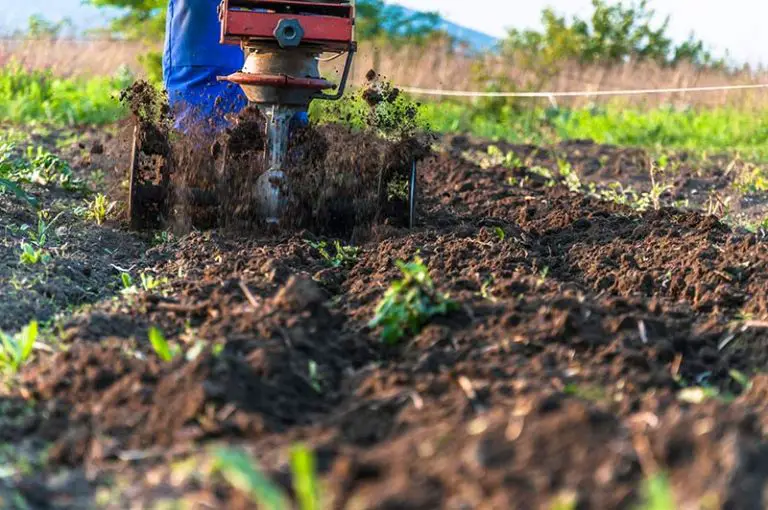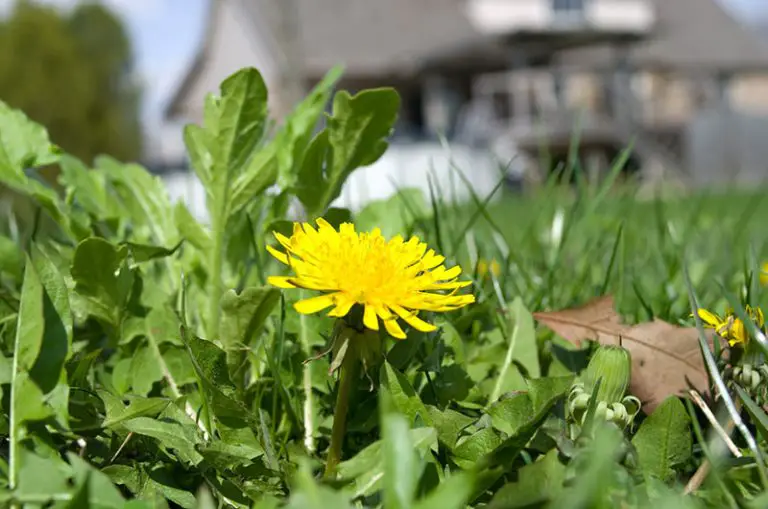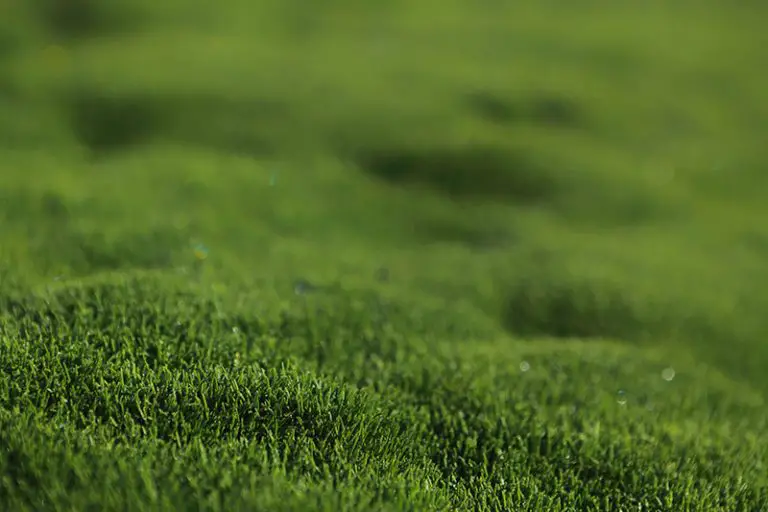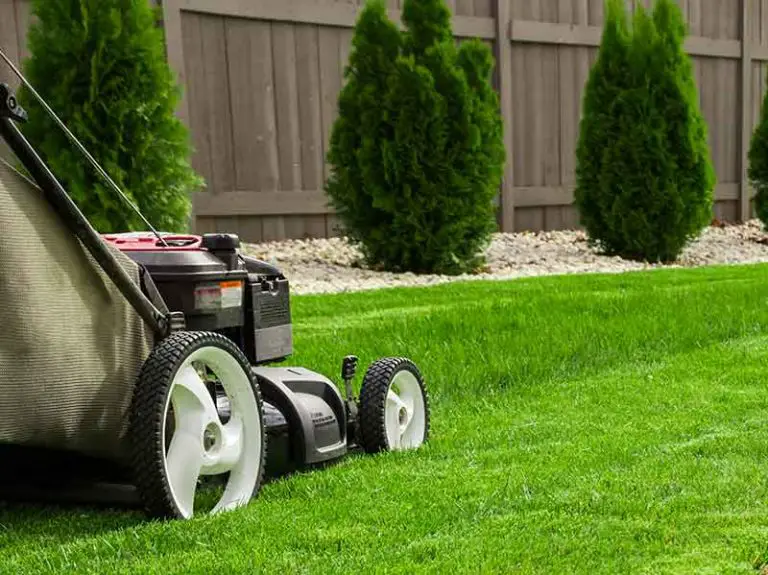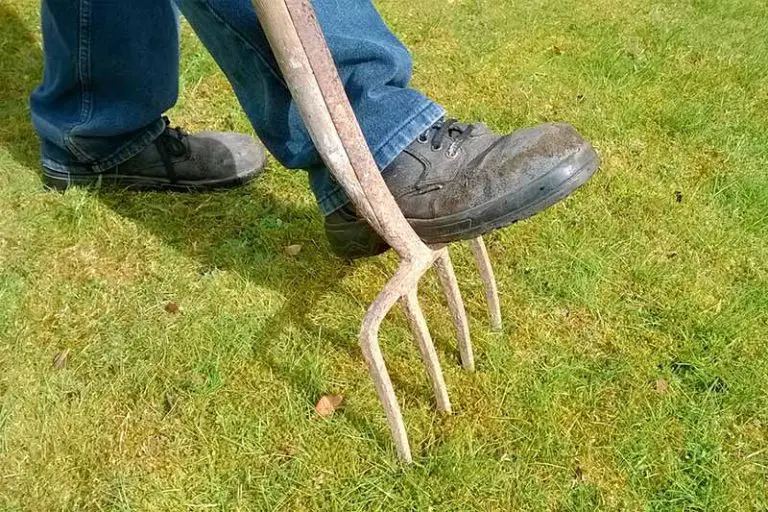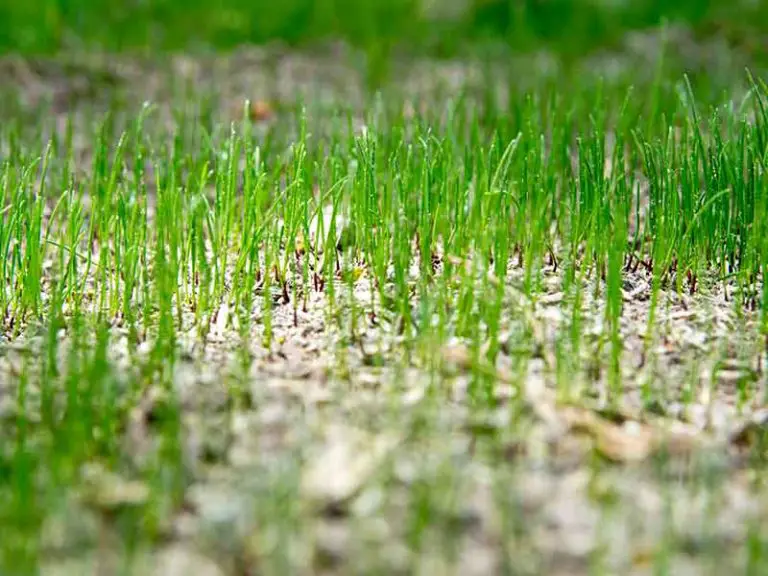How to Tell if Your Lawn Needs Lime
The health of your lawn can be maintained in different ways. Of these ways, soil pH is one of the more essential factors which should be monitored. This is because soil is life-supporting and provides nutrients to the grass which is planted in it. If your soil is lacking in certain nutrients, it could affect the health and look of your grass.
Lawn lime is useful for keeping your lawn healthy by supplementing essential nutrients. You can often tell if your lawn needs lime by its color, general health or through other factors such as the soil’s pH level.
Why Should I Apply Lime to my Lawn?
To keep your lawn healthy and looking as good as it can be, certain nutrients and minerals should be added to the soil to enable it to provide adequately for the grass it supports.
Lime does a lot for your grass, and it’s important to recognize which nutrients your lawn may be lacking in in order to supplement it. Lime is often supplemented in lawns which are hosted by soil that has particularly high acidity. This could be due to a variety of reasons, but grass is at risk of dying or becoming damaged if the soil is too acidic to sustain it. Lime neutralizes this acidity in order to provide more appropriately for the lawn.
A healthy lawn not only looks good, but it has a whole other host of benefits which can affect you in the long run. For example, fast-growing, healthy lawns have a better chance at fighting off disease or fungus, and can help slow down the spread of weeds.
Lime contains many different nutrients that your lawn may benefit from. These include calcium and magnesium, which some standard lawn fertilizers fail to include in their ingredients.
These two ingredients help in both root development and growth, and frost resistance, meaning that they can help make your lawn much more robust. Lime is an extremely useful tool for bolstering your lawn’s health, and should be used if the lawn is lacking in some of the nutrients which lime provides.
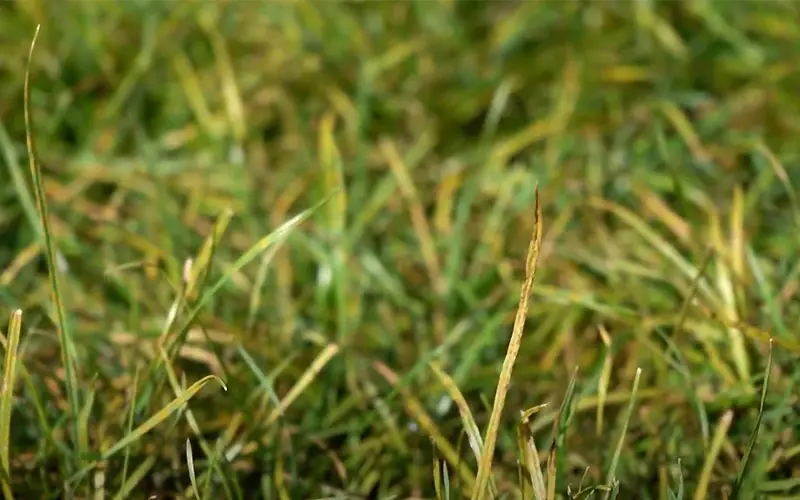
Signs that your Lawn Needs Lime
There are a few factors to look out for when deciding whether or not your lawn needs an extra helping of lime to keep it healthy and fresh. Most of the signs that your lawn needs lime is found in the soil and its acidity. A soil’s pH level can determine a lot in regards to your lawn, such as the most ideal type of grass, how long grass can survive and grow, and the general health of the grass.
There are a few physical things to look out for which may suggest that your lawn needs lime:
- More moss or weeds growing than usual
- If your soil type is sandy or rich in clay
- If your lawn is struggling after times of drought or cold water
- Your lawn struggling to absorb fertilizer
- Yellowing grass
- Your rainfall is often acidic
Soil pH
Your soil’s pH level can affect your grass both negatively or positively. Depending on the type of grass you have, certain pH levels work best. Generally speaking, soil that is more on the acidic side is less likely to be live-sustaining and your grass can struggle to grow and develop when planted in it. Thankfully, there are ways to change your soil’s pH level by raising or lowering it.
Testing your soil’s pH is a simple task which simply requires a pH testing kit. These kits can be bought either online or over the counter in relevant stores. The easiest method is to use a digital pH tester for rapid results. These can also be reused multiple times, so are ideal for any avid gardener.
Soil pH levels are based on a scale of 0 to 14, with 0-6 being acidic and 8-14 being alkaline. 7 is neutral as it is the median. Generally speaking, most gardeners aim to keep their soil’s pH levels somewhere between 6-7. This, however, depends entirely on the grass or other plants that you are growing, as some thrive in more acidic soil.
What Can Affect Soil pH?
Soil pH levels can be incredibly sensitive, especially if exposed to extreme temperatures, weather or circumstances. Rain, for instance, can be acidic, and can create an imbalance in your lawn’s pH levels if there is a particularly heavy downpour. In addition to this, simple garden practices such as fertilizing can increase soil pH due to the increase in nutrients such as nitrogen. Whilst this may not increase the pH level too much, it can potentially lead to issues if the level is already fairly high.
Certain spot treatments such as vinegar weed killer can affect soil pH as well, and it’s always recommended that these solutions are used sparingly as a result.
How to Apply Lime to Lawn
It’s worth aerating the lawn before applying lime to the lawn.
Lawn lime can come in different forms, with the most popular being pellets and powder. Pellets are usually the more efficient choice, as weather such as wind is less likely to displace it. Using gloved hands, a rotary spreader or a drop spreader to cover your garden with the lime.
Make sure to keep pets off the lawn until the lime has been absorbed. This could take up to 48 hours depending on weather conditions. Lime has the ability to irritate skin and could potentially cause a rash.
When to Apply Lime to Lawn
Lime should be applied to the lawn on a dry, mild day to ensure it is absorbed adequately. If you are using a powdered form, make sure it is not too windy as wind can potentially displace the lime powder.
Early spring is considered to be the best time of year to apply lime to a lawn due to the mild weather and time it will take to show effectiveness.
Final Thoughts
Lawn lime carries many benefits for lawns that are lacking in calcium and magnesium, which many lawn fertilizers do not include. This can prevent your lawn from suffering due to drought, high acidity and other diseases which may impact its health and general look. Before using lawn lime, remember to assess the pH level of your soil to make sure it is the best choice for your garden.


